Hahnel offers a wide range of camera and flash triggers – their Captur line covers everything from the simple cable release to radio flash triggers to Viper TTL to the powerful Captur Module Pro trigger.
Every time someone asks me about the perfect gift for the photographer in their family, my first recommendation is the Hahnel HR 280 Pro wired remote. It’s a simple remote that works just like your shutter button with one very useful exception. If you half-press the button, your camera will autofocus. Fully depress the button and your camera takes an image. The one superpower this remote has over your shutter button is that you can slide the lock up, with your camera in “Bulb” mode, and the shutter will remain open until you release the lock!
Why would you want this remote? If you want a simple and reliable way of triggering your camera, from up to 3m/9 feet away, HR 280 Pro is the answer. Because it’s cabled directly to your camera, there are no risks of radio interference nor are there batteries that have to be replaced. It’s perfect for studio photographers to test their gear or capture images without touching their camera. It’s even better for landscape photographers who don’t want to add any shake to their images. Shutter shake can ruin a great image – especially long exposure, night time or astrophotography images.
Supercharge your Shutter Release
Captur Module Pro is the most advanced camera and flash trigger on the market. There are four integrated sensors (Light, sound, laser and infrared [using the included IR module]) plus an Aux port that you can use for pressure plates, temperature and humidity sensors and more. The “Captur” options are limitless!
Captur Module Pro is also fully programmable. You can set sequences with separate delay, interval and exposure timers. The shutter release function not only handles autofocus but also single, continuous and Bulb shooting modes.
Captur Module Pro can connect to your camera via cable (available separately) or wirelessly by any of the Captur family of radio remotes (available separately). You can use a studio light cable with Module Pro or Captur receivers to trigger studio lights and strobes or Captur receivers to trigger speedlights (in manual mode only).
Module Pro is perfect for rainy days, whether you use the light trigger to capture fireworks or lightning streaking across the sky. Indoors, use the laser or sound triggers for splash photography! Create images with things breaking (i.e., the light bulb) using the sound trigger. Wildlife photographers can use the laser or IR triggers or optional pressure plates or hardware switches to capture birds and animals. Setup a camera trap near a food source or a known animal trail.
Not only can you do single captures, but using the advanced timer functions you can freeze multiple frames (such as the balloons). The delay controls are used to fine tune the exposure time – you don’t want the camera and flashes to fire as soon as the movement or sound is detected but milliseconds after.
The creative options are endless and the internet is full of projects you can do at home with Module Pro. These are not possible with just your camera shutter button – you need the advanced controls of Captur Module Pro. Thankfully, Module Pro is as easy to use as it is powerful. This video will help you:
Author: Will Prentice
A portrait, fine art and commercial photographer for 30 plus years, Will Prentice is not just a contributor to PHOTONews magazine, but also host of PHOTONewsTV, owner of Captura Photography+Imaging and Technical Support/Brand Manager for Amplis Foto, Canada’s largest distributor of photographic equipment.
Will teaches photographers of all skill levels how to improve their craft – from creative photo projects to picking the right gear for their needs to flattering lighting to getting the best expressions to creating final images for screen and print. His unique style of highly detailed images with perfect tonality, wide dynamic range and stunning colour is instantly recognizable. Commercial clients rely on Will’s creative eye and mastery of lighting.
When he’s not behind the camera or in front of a class, you’ll find Will outdoors in any weather – usually on one of his bikes or enjoying time with his grandchildren.



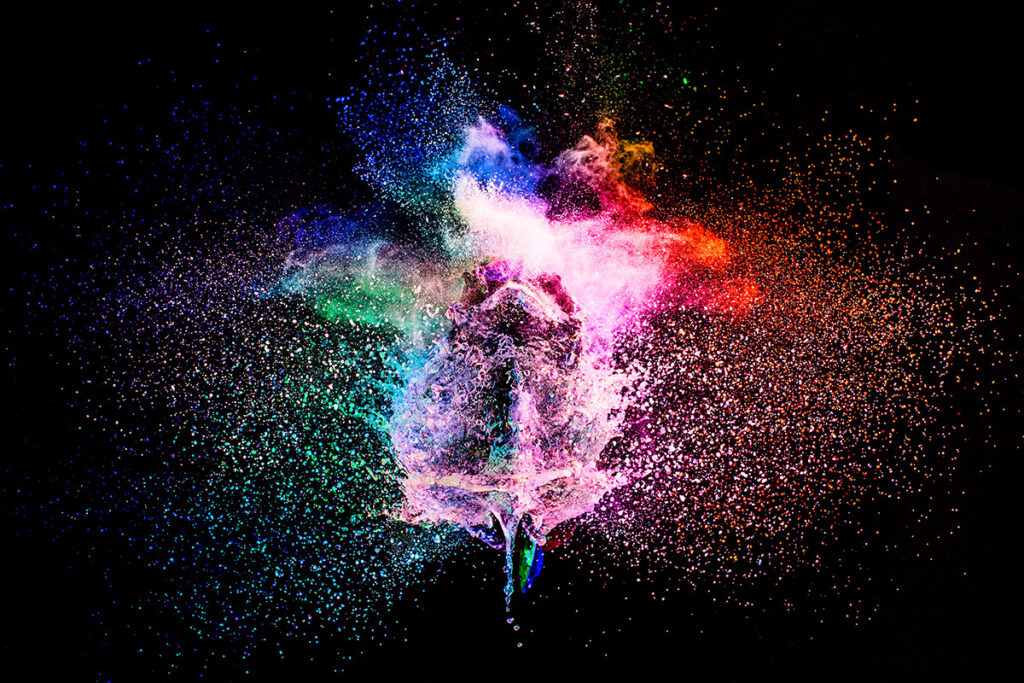
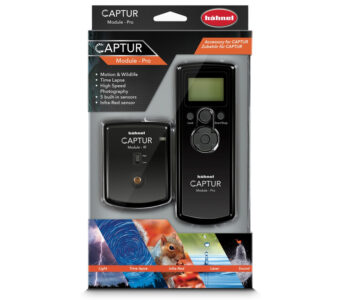
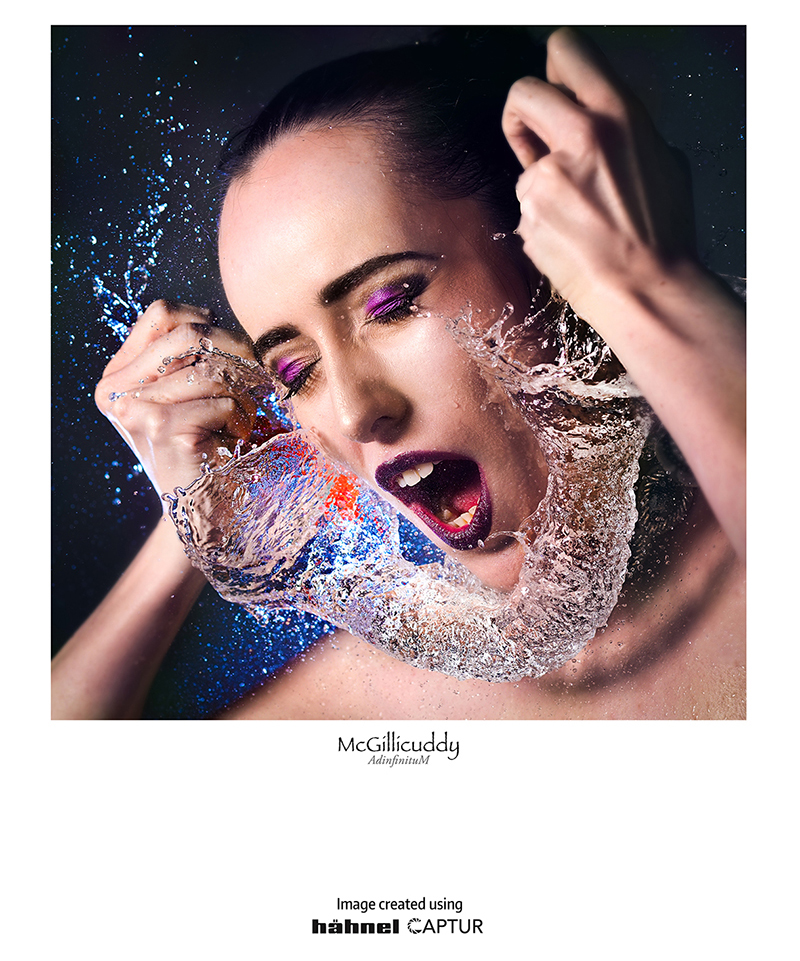
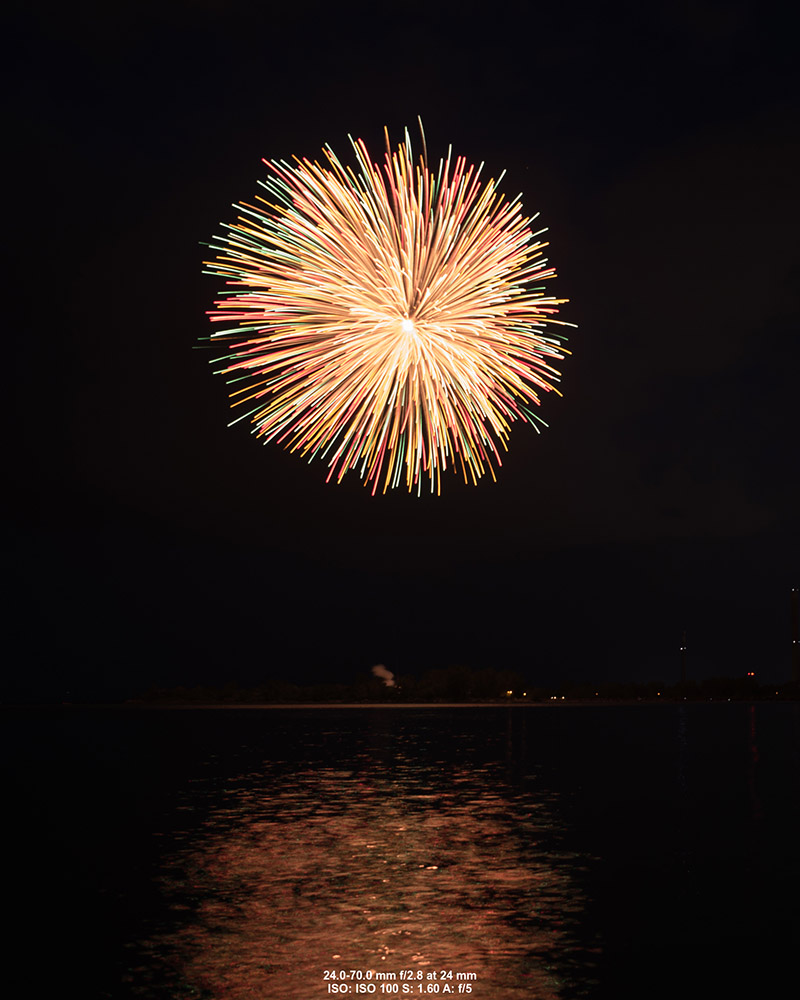
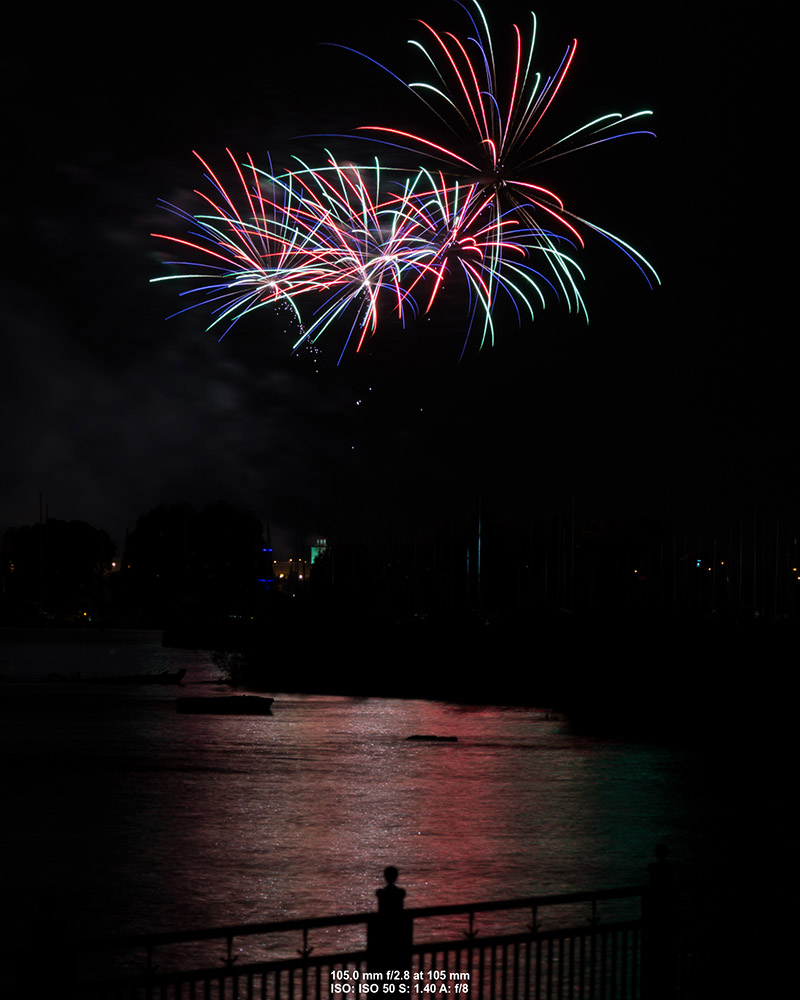
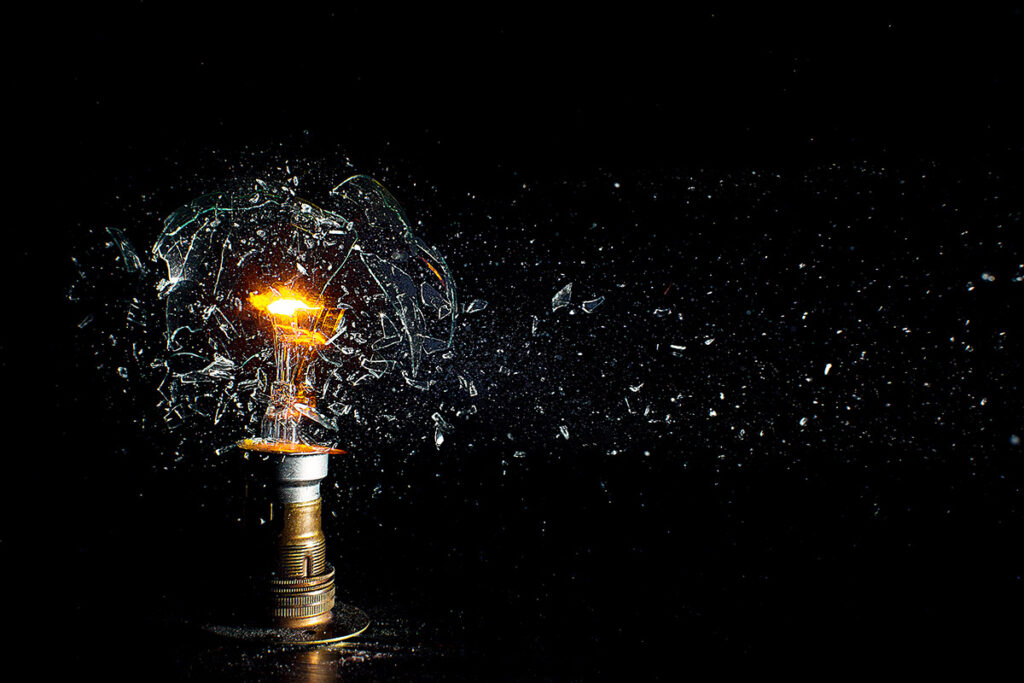
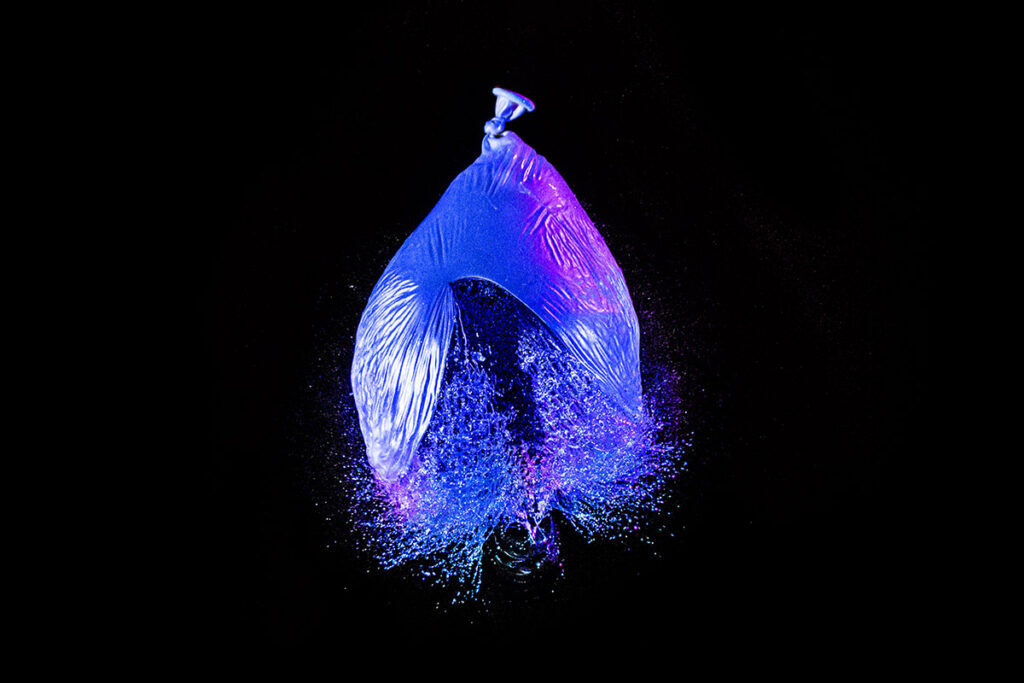
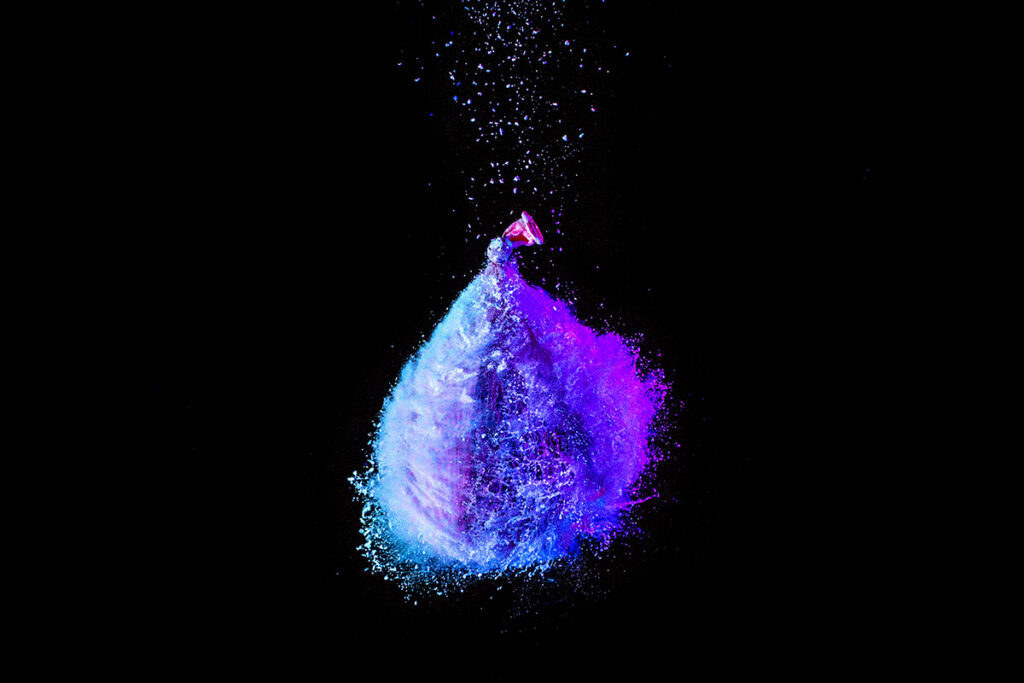
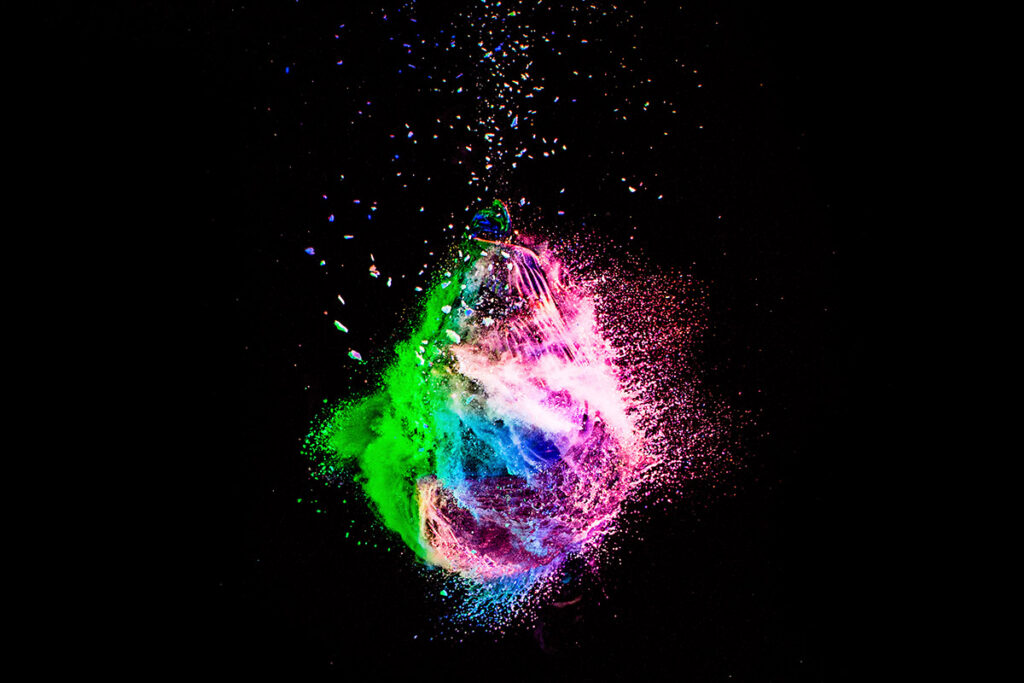
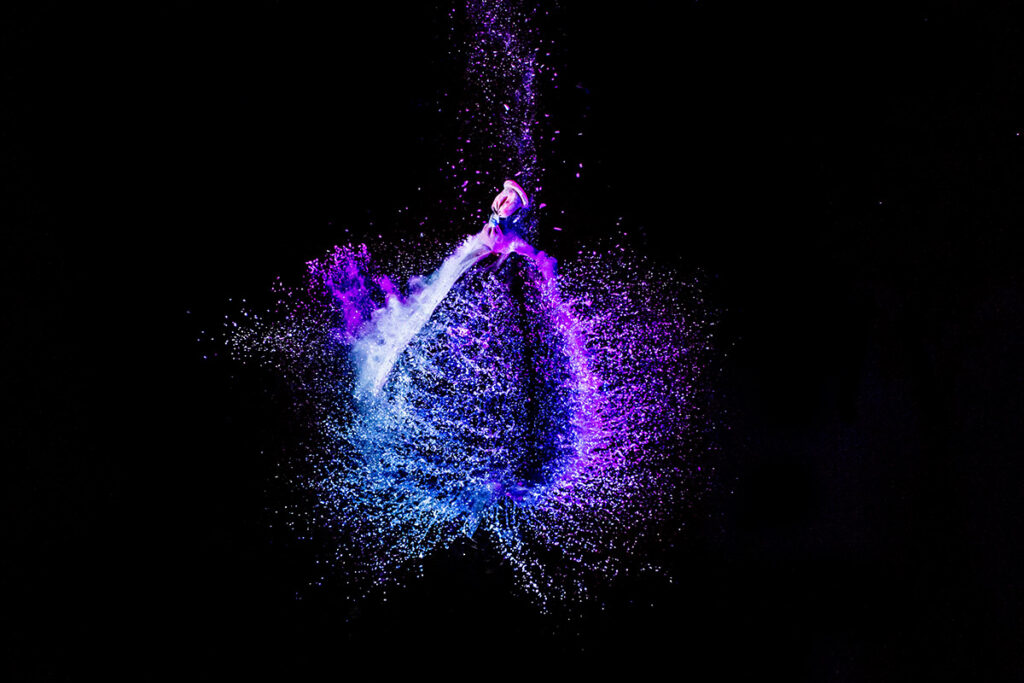
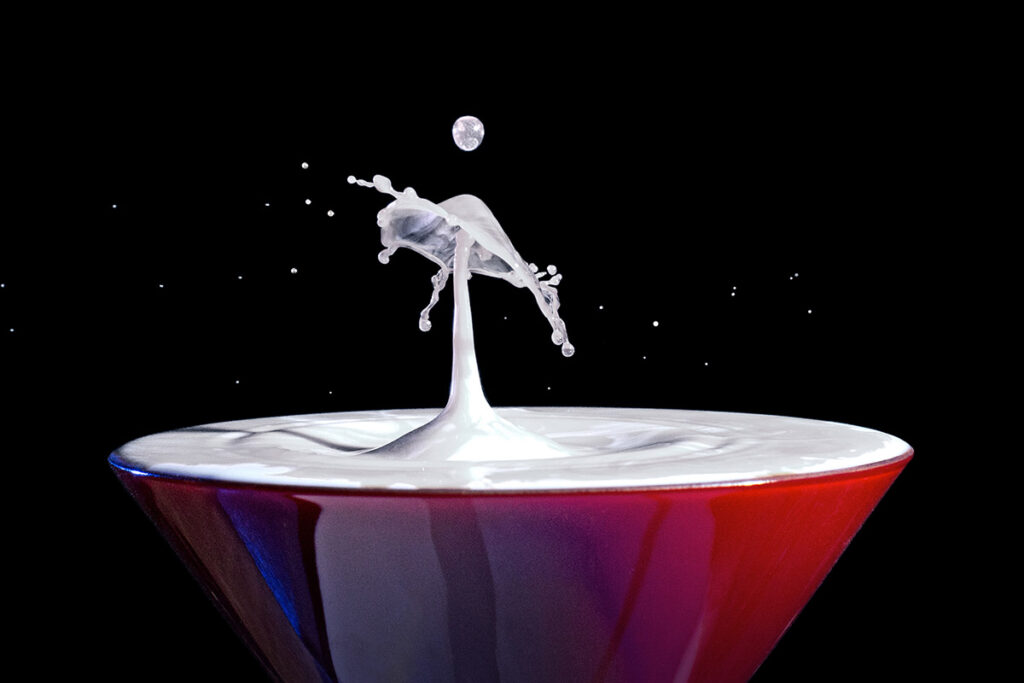
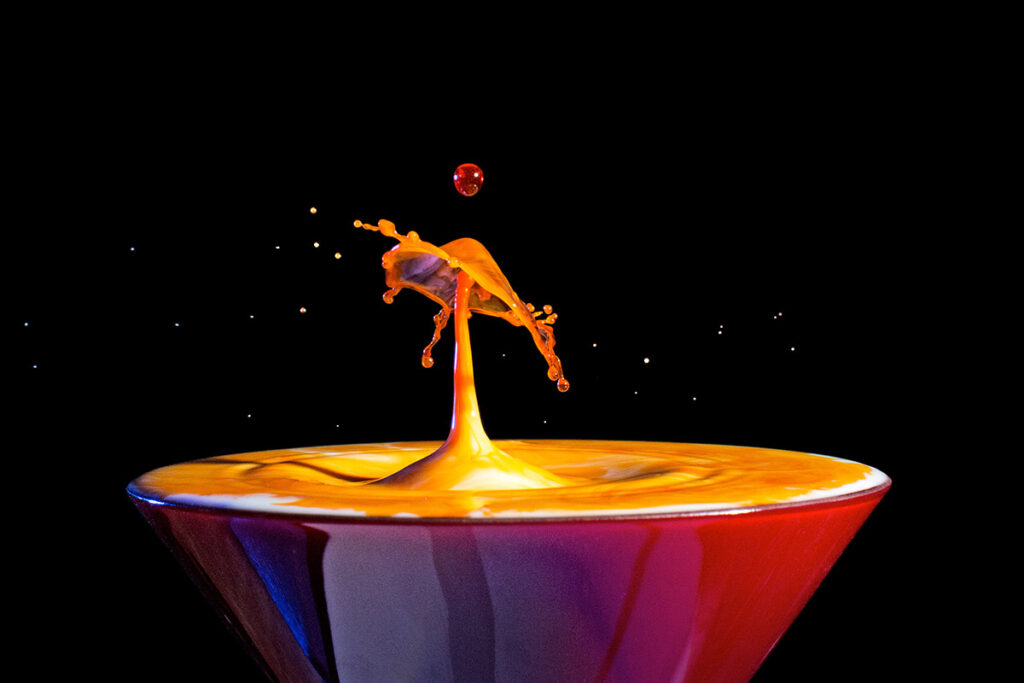
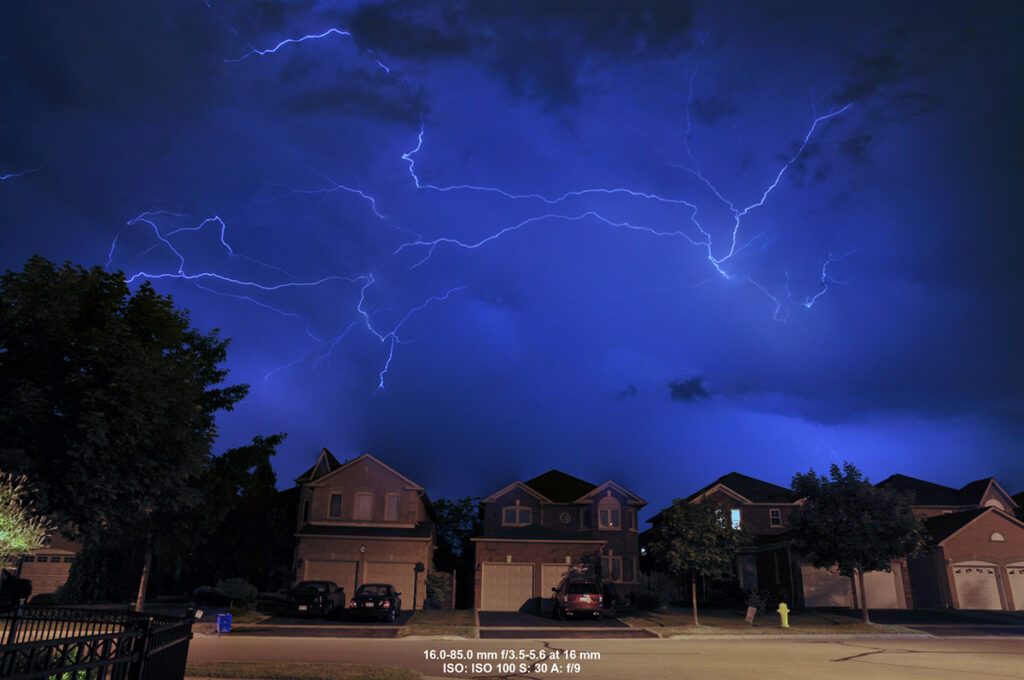
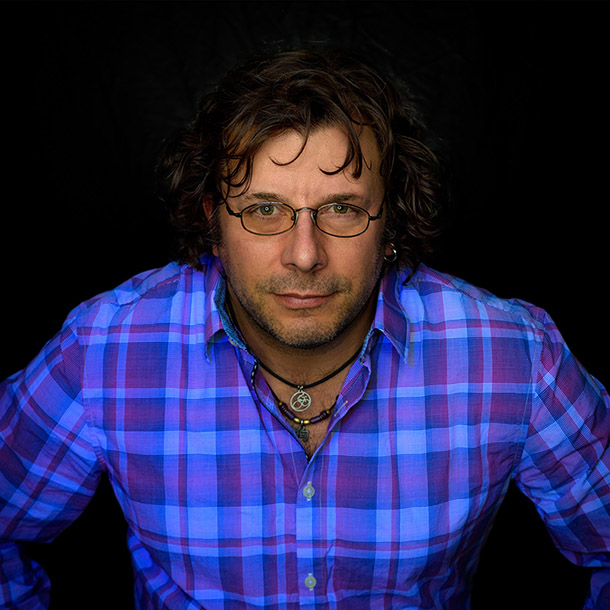





I would really like to see a tutorial on how some of these photos were made.
Hi Bill,
That’s a great idea. I’ll write a few articles on how these were created.